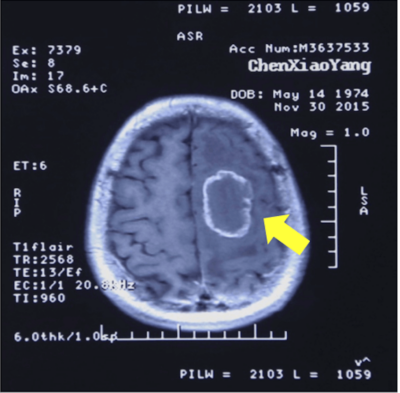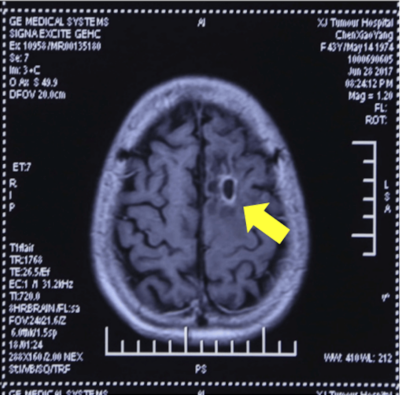The Science Behind Hydrogen Inhalation Treatment
Highlights of exciting news: Lung Brain Metastasis Disappears. Metastatic lung cancer of the brain is a devastating diagnosis. The options are limited, and the prognosis is often poor. However, there is new hope in the form of hydrogen inhalation treatment, a groundbreaking therapy that has demonstrated remarkable success in treating this deadly disease. In fact hydrogen treatment resulted in complete remission of lung cancer that had spread to the brain.
At the forefront of hydrogen medicine is Sunridge Medical, a pioneering alternative medical clinic that offers this revolutionary treatment exclusively. Sunridge Medical has a team of experts who specialize in the use of hydrogen therapy for cancer patients. The treatment has shown promising results in not only treating metastatic lung cancer to the brain but also in treating other types of cancer.
So how does hydrogen inhalation treatment work? Hydrogen inhalation therapy is a non-invasive treatment that involves breathing in hydrogen gas. The gas acts as an antioxidant and can help reduce oxidative stress in the body. Oxidative stress occurs when there is an imbalance between the production of free radicals and the body’s ability to neutralize them. This imbalance can lead to cellular damage and increase the risk of developing cancer.
Inhalation of hydrogen gas has been shown to have a significant effect on cancer cells. The gas has been found to induce apoptosis, a process in which cancer cells self-destruct. Additionally, it has been shown to inhibit the growth and spread of cancer cells. These effects are particularly significant in the treatment of metastatic lung cancer to the brain.
Patient Lung Brain Metastasis Disappears: The Story
One patient who experienced remarkable success with hydrogen inhalation treatment is a 56-year-old woman who was diagnosed with metastatic lung cancer to the brain. She had previously undergone chemotherapy and radiation therapy, but her cancer had progressed, and her prognosis was poor. She decided to try hydrogen inhalation therapy at Sunridge Medical.
The treatment involved breathing in hydrogen gas for 30 minutes twice a day, five days a week. After just two weeks of treatment, she noticed a significant improvement in her symptoms. Her headaches had subsided, and she had more energy. After four months of treatment, a follow-up MRI revealed that her brain tumors had completely disappeared. She continued the treatment for several months, and her cancer remained in remission.
This patient’s success story is not unique. Many other patients have experienced similar success with hydrogen inhalation treatment. In fact, a recent study published in the journal Oncotarget found that hydrogen inhalation therapy had a significant effect on the growth of lung cancer cells in mice. The study concluded that “inhalation of hydrogen gas may be a useful approach for the treatment of lung cancer.”
It’s important to note that hydrogen inhalation treatment is not a cure for cancer, and it should not be used as a replacement for conventional cancer treatments. However, it can be an effective complementary therapy that can enhance the effectiveness of traditional treatments and improve the quality of life for cancer patients.

MRI before

MRI 4 months after treatment
Complementary Treatment at Sunridge Medical
At Sunridge Medical, hydrogen inhalation treatment is just one of the many alternative cancer treatments offered. The clinic takes a holistic approach to cancer treatment and focuses on the root causes of cancer, rather than just treating the symptoms. The team of experts at Sunridge Medical work closely with each patient to develop a personalized treatment plan that meets their unique needs.
If you or a loved one has been diagnosed with metastatic lung cancer that has spread, there is hope. Hydrogen inhalation.
References
Chen J, Mu F, Lu T, Du D, Xu K. Brain Metastases Completely Disappear in Non-Small Cell Lung Cancer Using Hydrogen Gas Inhalation: A Case Report. Onco Targets Ther. 2019;12:11145-11151
https://doi.org/10.2147/OTT.S235195




